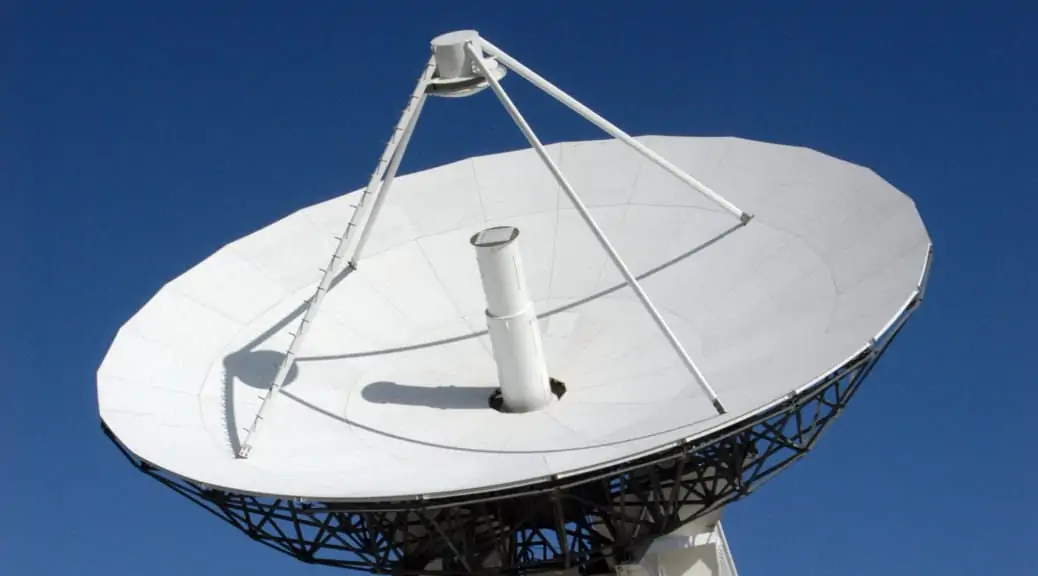As we evaluate the Islamic State’s ability to create a real and sustainable polity, we examined previously the overall structure of the Khilafah with its wilayat system (“Structure and Wilayat“), the top ruling authorities and related legitimacy (“The Calif and Legitimacy“), and the monopoly of the legitimate means of violence, i.e. military, security and police (“Means of Violence“). Continuing using Weber’s classical principles of what a state is (1919), we shall now turn to the capacity of the Khilafah to extract resources. Indeed, as the recurrent problem of public budget deficits and currently of the Greek crisis, permanently reminds us, no state may survive long without an ability to get resources or income that are necessary to carry out its mission, notably in terms of security. In other …
Continue reading “Understanding the Islamic State’s System – Money, Wealth and Taxes”











